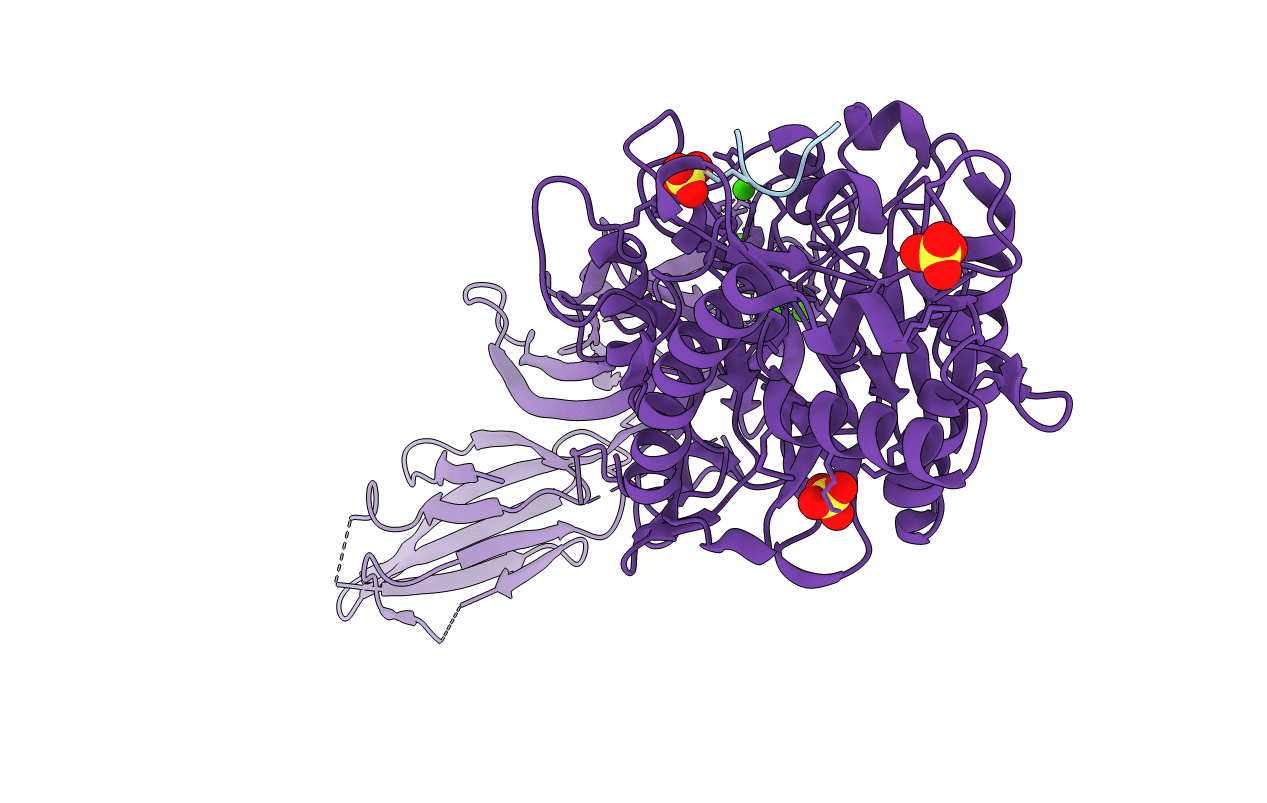
Deposition Date
2006-02-18
Release Date
2006-04-11
Last Version Date
2023-10-25
Entry Detail
PDB ID:
2DEX
Keywords:
Title:
Crystal structure of human peptidylarginine deiminase 4 in complex with histone H3 N-terminal peptide including Arg17
Biological Source:
Source Organism:
Homo sapiens (Taxon ID: 9606)
Host Organism:
Method Details:
Experimental Method:
Resolution:
2.10 Å
R-Value Free:
0.24
R-Value Work:
0.20
R-Value Observed:
0.20
Space Group:
C 1 2 1


